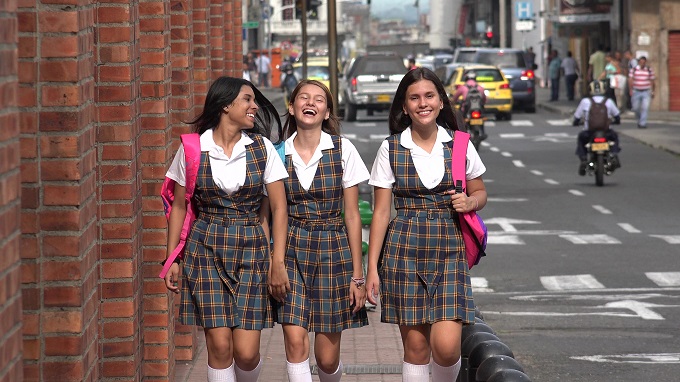Parents aren’t letting kids walk to school

Auckland parents and some schools are actively discouraging children from walking and cycling to school due to a lack of safety infrastructure, according to new AA surveys.
The findings were collated by the New Zealand Automobile Association from surveys and working directly with some central Auckland schools over the past two years.
“Parents want to be in a position to let their kids walk or cycle to school – they don’t want to be negotiating tricky parking spaces, or experiencing the high-tension pick-up environment occurring at schools across the region,” says Vanessa Wills, Senior Advisor – Infrastructure.
“What parents and communities want to know is that road safety investment is being made so our most vulnerable road users can navigate their own way to and from school – safely. This doesn’t need to be complex; we mean things like variable speed signs, more pedestrian crossings, or a bit of red carpet treatment where we know cars need to slow down.”
“More kids walking and cycling to school means less drop-offs, and that means less congestion – which benefits everyone.”
The surveys have indicated there is a theme running across Auckland schools: they often feel disconnected from AT, lack a direct point of contact, and are struggling to get investment for simple safety infrastructure nearby which would keep kids safer, says Ms Wills.
“We know of local schools desperate to see some investment into road safety on the surrounding streets and until then they’re left wondering if it’s going to take a death to see any action here, and that shouldn’t be the case.”
Mr Hosking argues: “The phrase in the AA survey talks about safe walking and cycling infrastructure, so you see we need infrastructure to get to school. We did of course have infrastructure when I was a kid. It was called a footpath and a road. I think they still have them.”
Ways schools could help reverse this trend
- Incentivising the walk to school as part of a school-wide initiative, whether fundraising or environmental, etc.
- Contacting parents to encourage organised ‘walking buses’ where groups of children and parents walk together
- Opening the cafeteria or tuckshop before school for breakfast
- Sending information to parents about the benefits of travelling to school actively, to ease concerns about safety
- Hosting or facilitating a Q&A for parents









